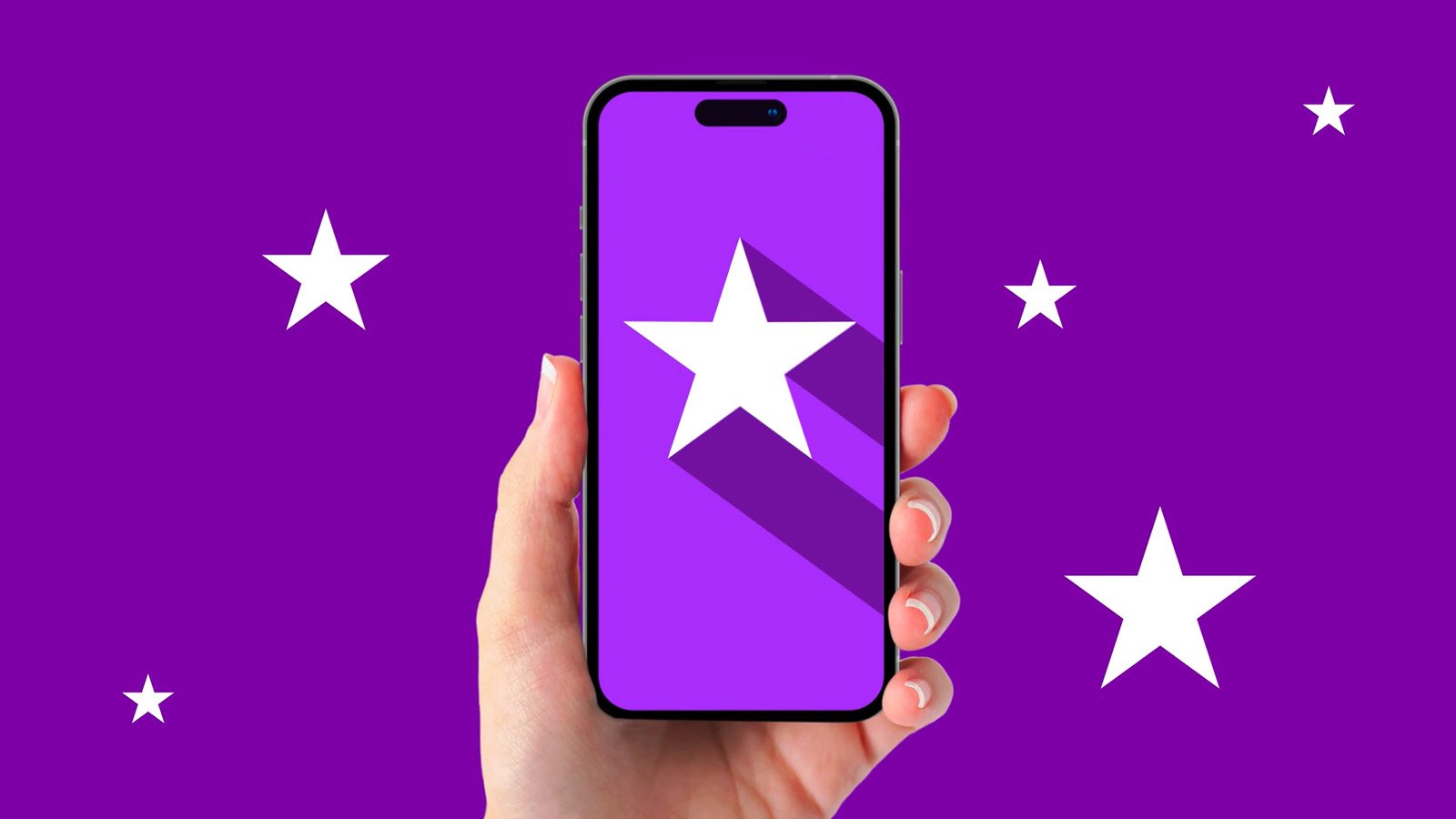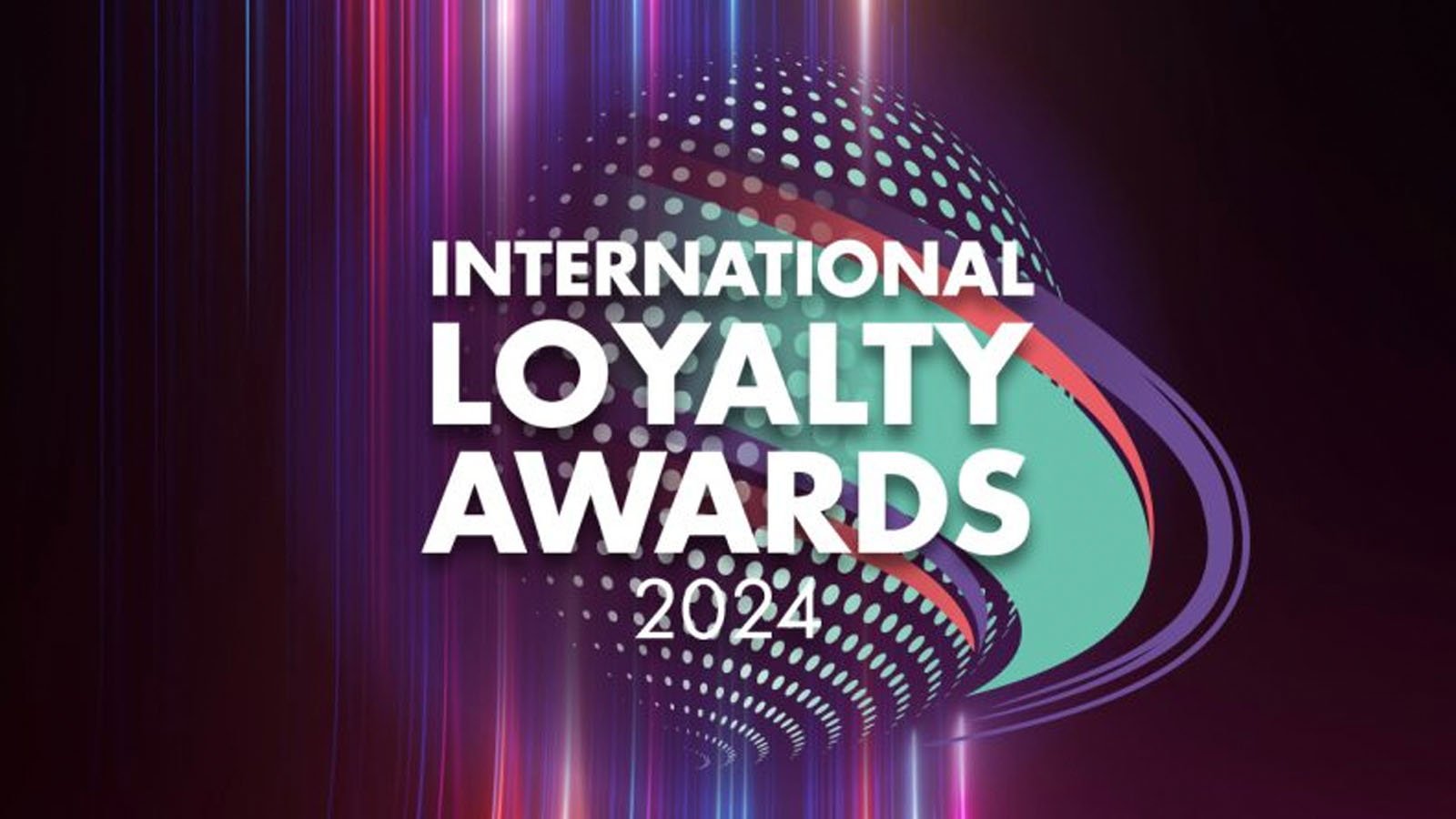3 min read
A Retrospective Perspective
Introduction Retrospectives first appeared for us when we adopted agile ways of working back in 2016. Fast forward to today, some of our sprint teams have them every sprint, some have them monthly, some factor time into their daily stand-ups and...
Read More












